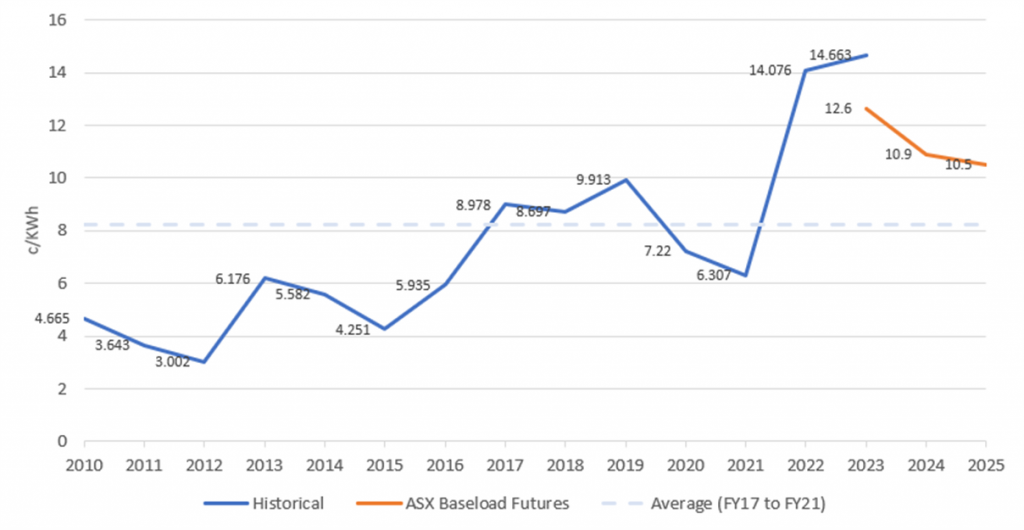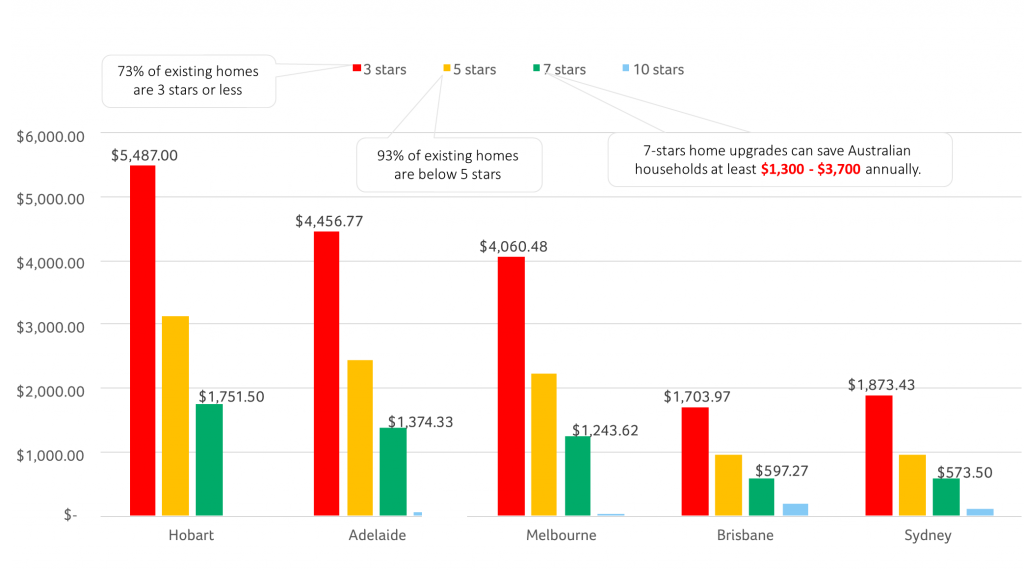Every budget night has its theatre. But not every budget has substance that sets the direction for a better future.
What the Federal Budget achieved last night was to set households and small businesses on a trajectory to sustainably better outcomes for energy costs for decades to come.
It did this in three ways.
The Budget revealed the extent to which retail electricity price increases have been limited by implementing the twelve month caps on coal and gas prices sold domestically, that were part of the package of measures in the Energy Price Relief Plan announced by First Ministers in December 2022. After these caps expire, the implementation of a final mandatory code will secure more gas at reasonable prices for Australian consumers.
Our analysis is that retail electricity price increases could be held to around 35% for households and around 50% for small business, instead of rising by 56% over the two years to June 2024. We will know more when the Australian Energy Regulator and the Essential Service Commission release their final decisions on default offers later this month. As we have already seen, the coal and gas price caps are having an impact on lower wholesale electricity prices together with the unwinding of the effects of some other one-off factors that caused unprecedented levels of wholesale prices in the past 12- 18 months (see Figure 1 below). However, we are not out of the woods yet, and retail electricity prices for households and small businesses could stay high beyond 2023-24.
Figure 1: Average national spot prices by financial year and ASX futures prices (nominal)

Source: OpenNEM; ASX Energy (as at 10 May 2023)
The Budget also delivered $1.5 billion over two years in direct electricity bill reductions from 1 July 2023. This is in addition to a broadly equivalent level of assistance that is already provided by State and Territory Governments in concessions and rebates for electricity and gas bills. Going beyond the headlines (of up to $500 for households, and up to $650 for small businesses), it is unclear how much the estimated 5 million households and 1 million small businesses will each receive, and when – as it varies across jurisdictions.
Energy Consumers Australia is looking to State and Territory Governments to communicate with households and small businesses and to make sure that those who are eligible don’t miss out. Analysis from the Consumer Policy Research Centre in its Mind the Gap report revealed that missing out on bill assistance can be a real problem.
The transformational measures announced in the Budget are those that address energy efficiency. With the majority of our housing stock being closer to tents than a well-insulated home, heating and cooling costs are thousands of dollars higher each year than they need to be. This problem is also experienced by the many home-based small businesses, or those who are in rented premises.
Figure 2: Average home annual electricity costs (heating and cooling only) per star rating
 Sources: 1) CSIRO (2022). Australian Housing Data – Energy rating – National overview.
Sources: 1) CSIRO (2022). Australian Housing Data – Energy rating – National overview.
2) NatHERS National Administrator (2019). NatHERS Star Band Criteria. 3) Average home size of 186m2.
While the details are yet to be finalised, the Energy Savings Package in the Budget includes the following measures:
- $1.3 billion over four years to establish the Household Energy Upgrades Fund. This fund will provide $1 billion to the Clean Energy Finance Corporation (CEFC) to create financing options for 110,000 household energy upgrades – partnering with banks and other lenders on upgrading homes with battery-ready solar PV, modern appliances, insulation and draught sealing, and other improvements to keep homes warmer in winter and cooler in summer.
- The Fund also includes $300 million to support upgrades to social housing, co-funded and co-designed with the states and territories. As most social housing was built over 20 years ago, before minimum build standards, the energy efficiency of most social housing is amongst the lowest in Australia. It is estimated that once implemented, around 60,000 social housing properties (or 14% of all social housing) will save up to one-third of their energy consumption from upgrades each year.
- $310 million for the Small Business Energy Incentive, to provide businesses with annual turnover of less than $50 million, an additional 20 per cent deduction on spending that supports electrification, and more efficient use of energy. The bonus tax deduction will be available for up to $100,000 of total eligible expenditure (with the bonus tax deduction capped at $20,000) and will help up to 3.8 million small and medium sized businesses with ongoing energy savings.
- $36.7 million to expand and upgrade the Nationwide House Energy Rating Scheme to apply to existing homes. The average energy efficiency standard of Australian homes built before the introduction of minimal energy performance requirements is less than 2 stars, compared with the standard for new homes (6-7 stars). People will be able to seek a home energy rating, so they have the option to consider energy upgrades or compare rental properties or properties for sale.
- There is also funding to expand and modernise the Greenhouse Energy Minimum Standards (GEMS). Existing minimum energy efficiency and labelling requirements save the average household between $140 and $220 per year on electricity bills. But Australian requirements only cover around half the products of comparable other countries. This funding will help expand GEMS to help Australian households and businesses save on bills and emissions.
These measures are the beginning of addressing what is an enormous challenge. We need to upgrade and improve the energy efficiency of all 11 million Australian homes, and move away from using gas for home heating, cooking, and hot water by 2050. There are complex barriers to be addressed, particularly for the 26% of housing that is privately rented, the 30% of the housing stock that are not stand-alone houses, and for people who are living or running their business in embedded networks.
A fair and equitable transition on this scale, in the timeframes that are being imposed by our emissions reductions goals, requires Federal, State, Territory and local governments to work collectively. Together, they need to shape and support the journeys to be taken by each and every household and small business. This will require adequate financing, given what could amount to $500 billion investment in transforming our homes, an available workforce of qualified tradespeople, a source of independent and trusted advice, and fit-for-purpose consumer protection frameworks. This is what Energy Consumers Australia is working towards.
